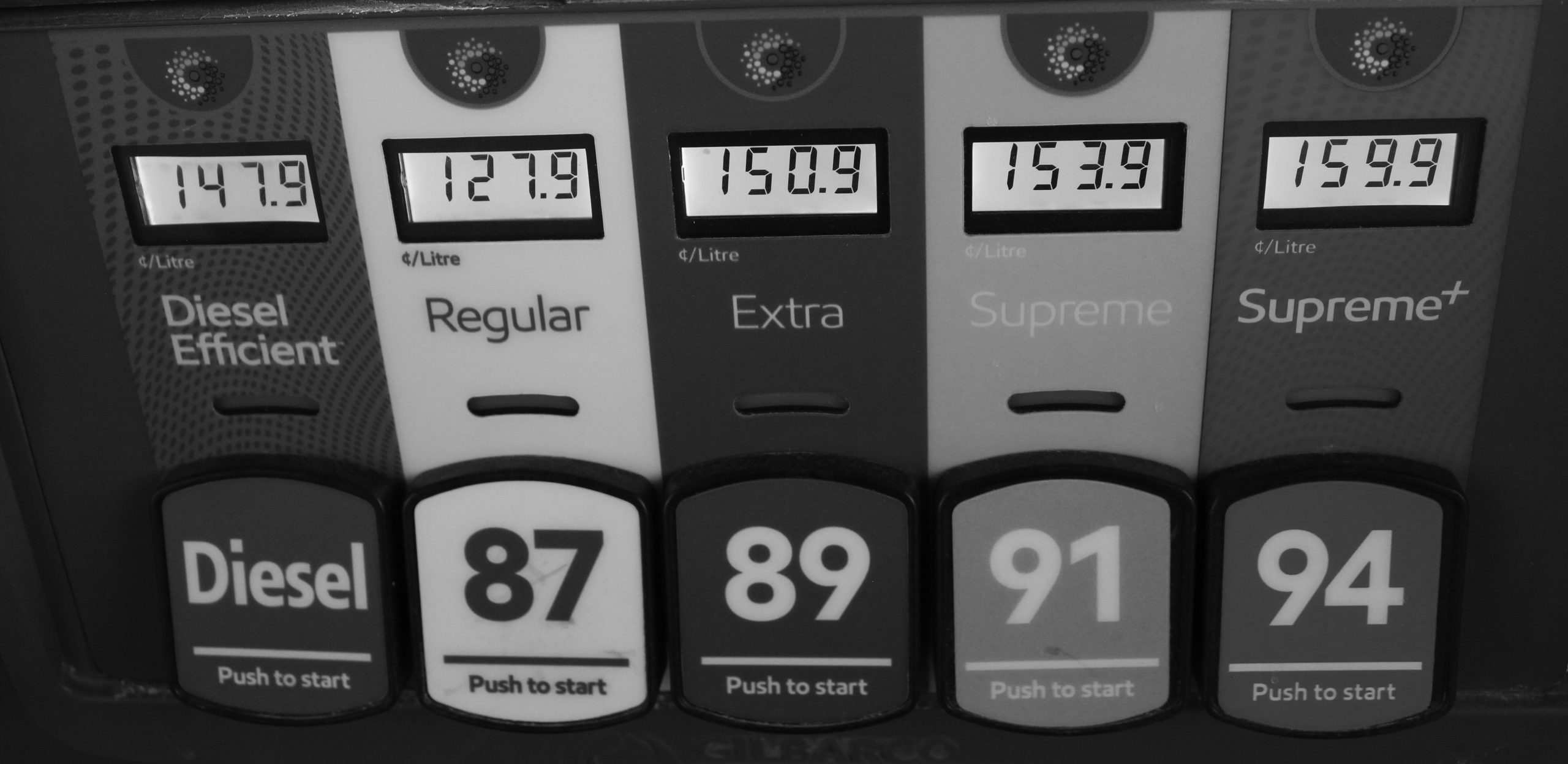The spectrum of passenger vehicles has never been more diverse. Just a mere two decades ago, advancements in body styles and the birth of the sport utility was seen as the cutting edge of tech in the industry.
Fast forward to present day, or even leave that button on to skip a few years; since then, we’ve seen the rise of hybrid powertrain technology and the door is already shutting on them as all-electric drivetrains have taken over.
Not only has the way our cars are powered changed drastically in the past several years, but the way they are built and what consumers are buying the most, has as well.
Since the grand entrance of the Sport Utility Vehicle with models like the Jeep Cherokee and Chevy Blazer, North American car buyers have fallen in love with the idea of combining some of the capabilities of a truck, with the passenger capacity and creature comforts of a vehicle.
Enter: the crossover. The name is not misleading, as the crossover simply is the point where a passenger vehicle and a SUV meet. Crossovers are built on the same platforms as passenger cars, use the same drivetrains, but usually offer three main advantages: higher cargo capacity, more off-road capability and more passenger head and legroom.
Since the mid-2000s, every car company imaginable has had a foothold in the crossover market. Many lay claims to the first, whether it be the Toyota Rav-4, the Audi Q5, or Honda’s CRV. However, it has become abundantly clear in the 15 years since the crossover takeover began, that this is the way the passenger vehicle industry is heading in the Western Hemisphere.
Earlier this summer, Ford announced it would be the first major vehicle manufacturer in North America to axe all their remaining passenger cars, in favour of doubling down on crossover production.
It came as a surprise to nearly all, including industry insiders. Though the rise of crossovers has grown exponentially and shows no signs of halting, it seemed asinine to get rid of the passenger car – the very car that transported America for the first half-century of the automobile. For Ford, arguably the USA’s strongest domestic car brand, to be the first to give up on the car as we know it, seemed absurd.
The timing for Ford seemed almost comical, as they had just announced the next-generation Focus, which had received generally positive feedback from critics.
However, Ford’s stepping out of the passenger car game was only a half-truth; production of the Ford Mustang will continue, as North America’s longest-running pony car nameplate.
Ford says it now plans to add seven more crossover nameplates in the next three years and that six SUV’s in the market by 2020 will have high-performance variants.
The news that Ford was diving two feet first into the crossover game was met with terrible reviews from North American media and thus, their stock tumbled. However, as time passes since their April announcement, it seems that not only are people warming up to the idea, but other car companies are starting to shift to an all-utility lineup, too.
Nissan just announced that it will be killing their two remaining passenger cars in Europe, and industry professionals report that North America could be next.
Even for a 114-year old company, this evolution by Ford may rank as their biggest. However, hanging on to sentiment won’t keep the lights on in Dearborn, Michigan, forever.
Ford has substantially higher profit margins in their crossovers than they did with passenger cars, even though the life cycle for their crossovers are usually one to two years shorter. As crossovers eat up more and more of the market share in North America with each passing quarter, Ford is putting all their eggs in one basket and this seems like a pretty safe bet.
The true sedan die-hards are likely the ones that will die sooner anyway – as the sedan market has aged, so have their consumers, without a large influx of newer, younger buyers.
Those that are entering the marketplace for the first time and those that are making their first new-car purchases – two critical segments for car manufacturers – are looking at crossovers more often than ever before.
Ford may be the first, but I doubt they will be the last car manufacturer to say sayonara to the passenger car in the North American marketplace.
Even though I am both a lover of a great sedan, hatchback, and wagon as well as a noted Ford owner I view Ford’s move as the best one for their business. Maybe I’ll cross over to the dark side soon as well.


